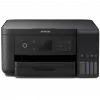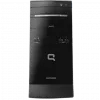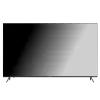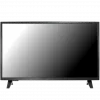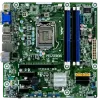There are a few standards for Ethernet over twisted pair or copper-based computer networking physical connectivity methods. The currently most widely used of these are 10BASE-T, 100BASE-TX, and 1000BASE-T (Gigabit Ethernet), running at 10 Mbit/s, 100 Mbit/s, and 1000 Mbit/s (1 Gbit/s) respectively. These three standards all use the same connectors. Higher speed implementations nearly always support the lower speeds as well, so that in most cases different generations of equipment can be freely mixed. They use 8 position modular connectors, usually (but incorrectly) called RJ45 in the context of Ethernet over twisted pair. The cables usually used are four-pair or above twisted pair cable. Each of the three standards support both full-duplex and half-duplex communication. According to the standards, they all operate over distances of 'up to 100 meters'.
The common names of the standards are derived from several aspects of the physical media. The number refers to the theoretical maximum transmission speed in megabits per second (Mbit/s). The BASE is short for baseband, meaning that there is no frequency-division multiplexing (FDM) or other frequency shifting modulation in use; each signal has full control of wire, on a single frequency. The T designates twisted pair cable, where the pairs of wires are twisted together for purposes of reducing crosstalk (FEXT and NEXT) when the pulsing direct current goes across the wires and creates electromagnetic induction effects. Where there are several standards for the same transmission speed, they are distinguished by a letter or digit following the T, such as TX. Some higher-speed standards use twin-axial cable, designated by CX.
